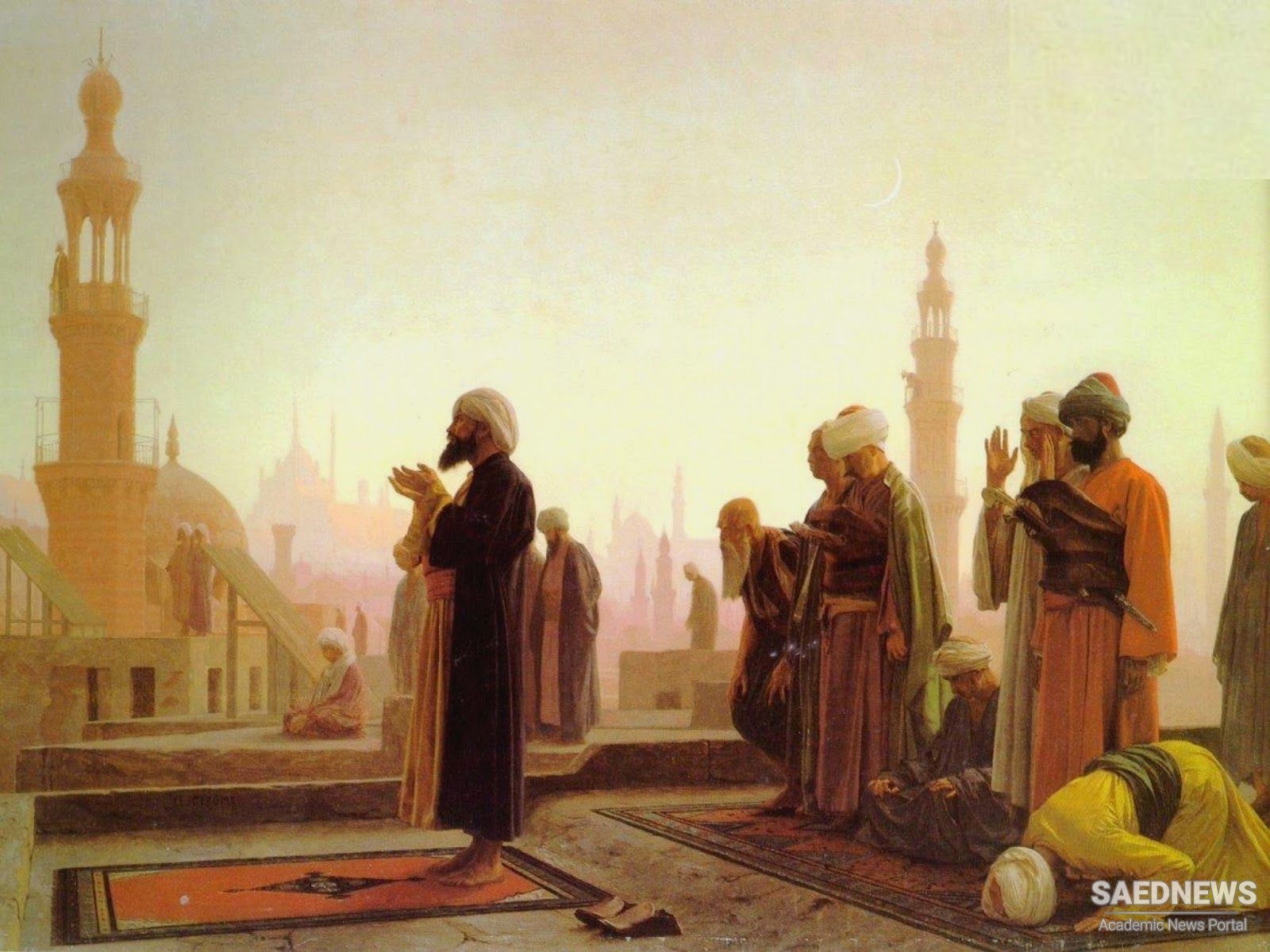The reader of the Iranian history is usually intrigued by the sudden disappearance of Zoroastrians from the historical scene and the sudden conversion of Iran to Islam. Indeed, as Iran is integrated into the Islamic realm, we hear less about the activities of the Zoroastrians and even less about their participation in the government of the new Muslim empire, while on the other hand the Jews and Christians remain prominent in the political spheres. The fading of the Zoroastrians from the historical annals should not be interpreted as a sign of their passivity and inferiority to Jews and Christians. Rather, their sudden change of fortune should be questioned, as a people who skilfully dominated an immense empire and influenced the culture of so many societies could not have left the historical scene without a struggle. The political turmoils of the 8th and 9th centuries are very informative as regards the fate of the Zoroastrians whose population dwindled soon after. The historian of Islam is generally focused on the Abbasid revolution and not preoccupied by the other uprisings that occurred in Iran at this time, as none of the other movements had a long lasting effect on the entire Islamic world; however, as far as Iran and Central Asia are concerned, all these uprisings were determinant in reshaping the religious patterns of these lands. Some authors have tried to deny the ethnic dimension of these movements, while on the other hand, there are others who have overstated their ‘nationalist’ nature. In fact there was a mixture of factors behind these uprisings. There were social and economic motives, as Madelung has pointed out; and historical sources lead us to believe there was a degree of anti-Arab and anti-Islamic sentiment behind these movements as well (Source, the Fire, the Star and the Cross).


 Islamization of Persia in Seventh Century
Islamization of Persia in Seventh Century














































